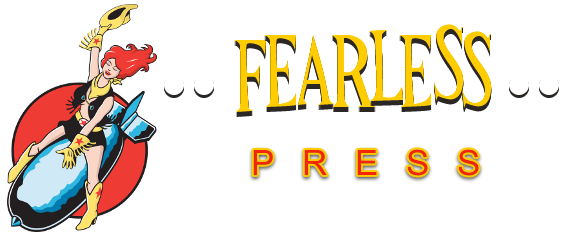By Erin Fae
This photo (Catherine Opie, “Pervert—Self-Portrait,” NSFW link) scared me when I was 16. Part of the fear was my own fascination. I would try to hide that I was looking at it by only stealing a glance or trying to pass it too quickly in a book of lesbian images. This probably isn’t an uncommon experience for someone just discovering kink. How many of us hid (or sometimes continue to hide) from our own desires when we are first confronted with them?
Catherine Opie refuses to hide. She has always been out about being part of the leather community. She took this photo of herself in 1994. The self-portrait shows her topless, wearing only a full leather hood and collar, black leather pants, and four-dozen hypodermic needles running the lengths of her arms. The word “Pervert” drawn in a beautiful script is freshly carved into her chest. She sits in front of a lush fabric background.
Deeply entrenched in explorations of identity, the photograph is staged in a classical style. The fabric background is commonly associated with historical painting; like 15th century images of kings and queens, she puts herself in front of a high-contrast brocade. Even the proportions within the frame place the photograph in an art historic context. By using this visual vocabulary, she honors the BDSM community, exalting herself (and other leather folk she photographs) to royalty.
Opie is a documentary photographer. She’s taken photos of Los Angeles strip malls, ghostly images of freeway onramps and most recently, pictures of high school football players. Her portraiture is what she is best known for. She has taken several series of photographs of queers, kinksters, and friends she was losing to the AIDS virus. For her series titled “Domestic,” she toured America taking photos of lesbian families. Documentary is about telling a story. In part, creating these images is a commitment to giving her community—kink and queer community–a voice and a historic framework that revolves around identity.
Is there a certain shock value to her self-portrait? Perhaps. After all, those outside kink and BDSM communities are often shocked by our play, lives and commitments. However, this photo does not exist for shock alone. As with her other work, it is created from a place of truth and intention. Opie told the New York Times she “made the piece out of a reaction to all of the sudden gays and lesbians’ bringing on the ‘normal’ dialogue to us […]Let’s push the boundaries a little bit here about what you guys think normal is.”
This image has shown in galleries and museums internationally. In 2008, the Guggenheim dedicated four floors to an Opie mid-career retrospective. History is often contextualized by art. In mounting these images, major institutions are saying to the general public, ‘look a this work: this is important.’ It is an art world that is saying images of queerness and BDSM are significant.
Catherine Opie says that she has never been protested and never been censored. Maybe it is because her work is ultimately about community, identity and family. But perhaps it is because, regardless of how you identify, whether you are kinky or queer, there is some commonality that most people can find within the sincerity of documentary.
